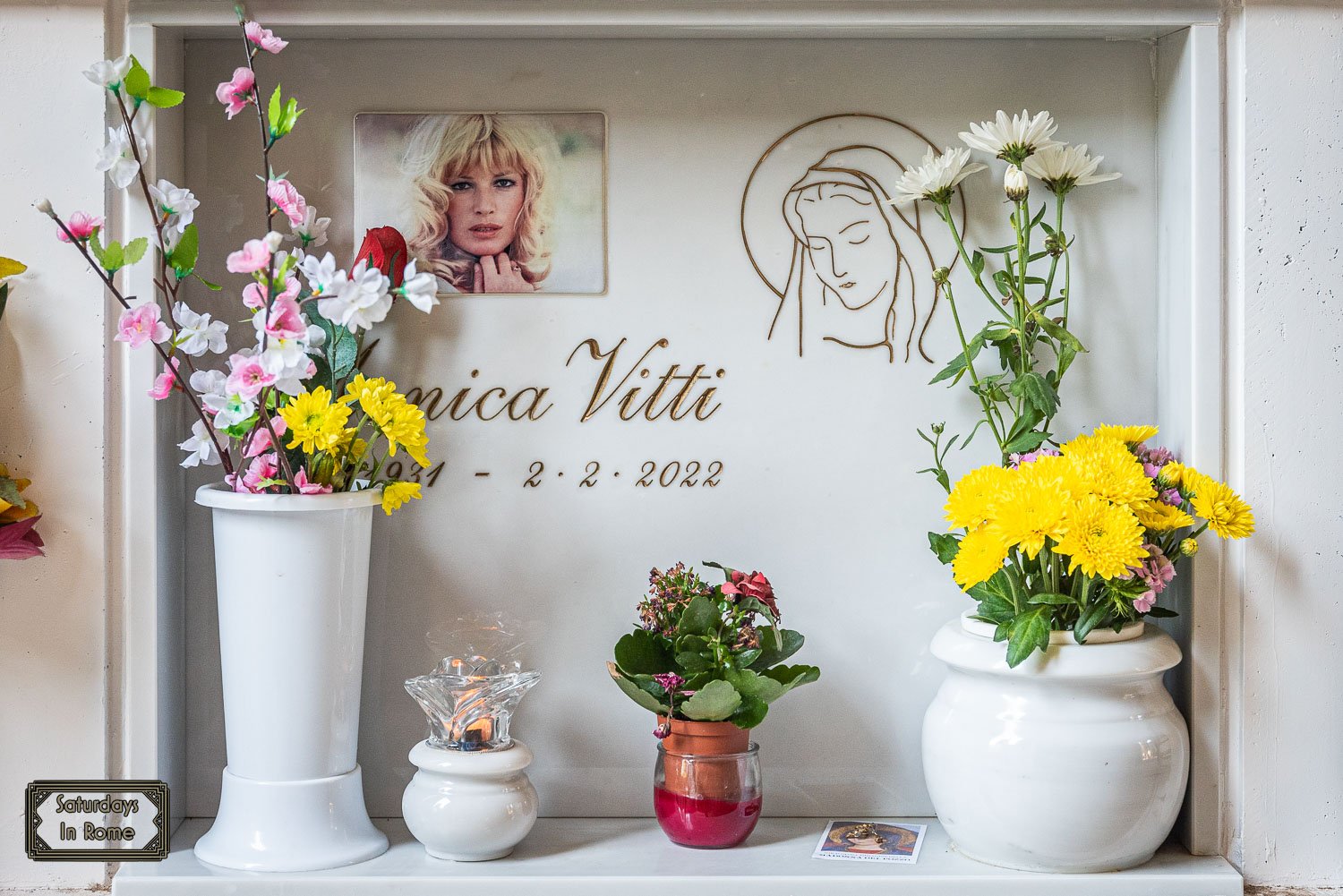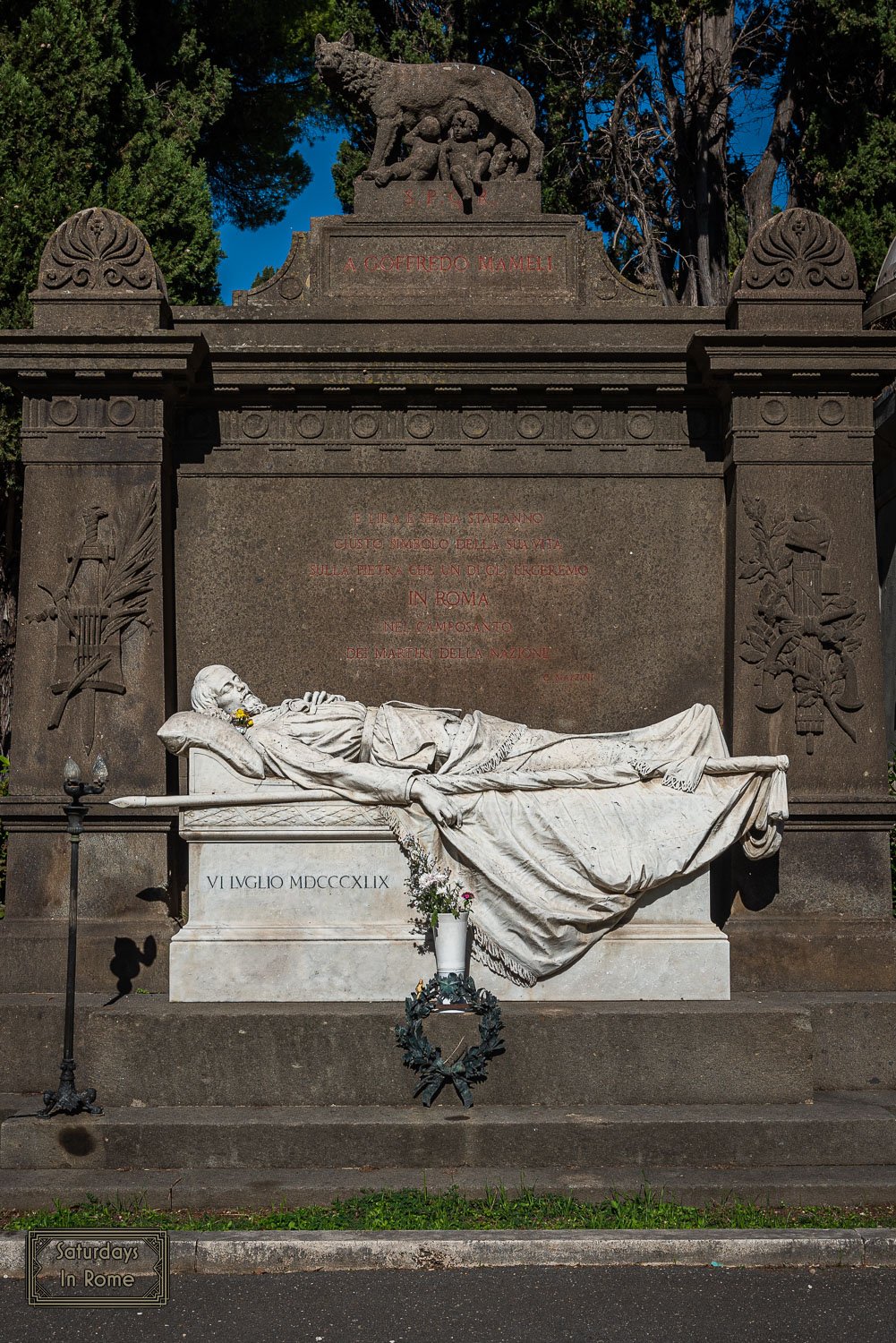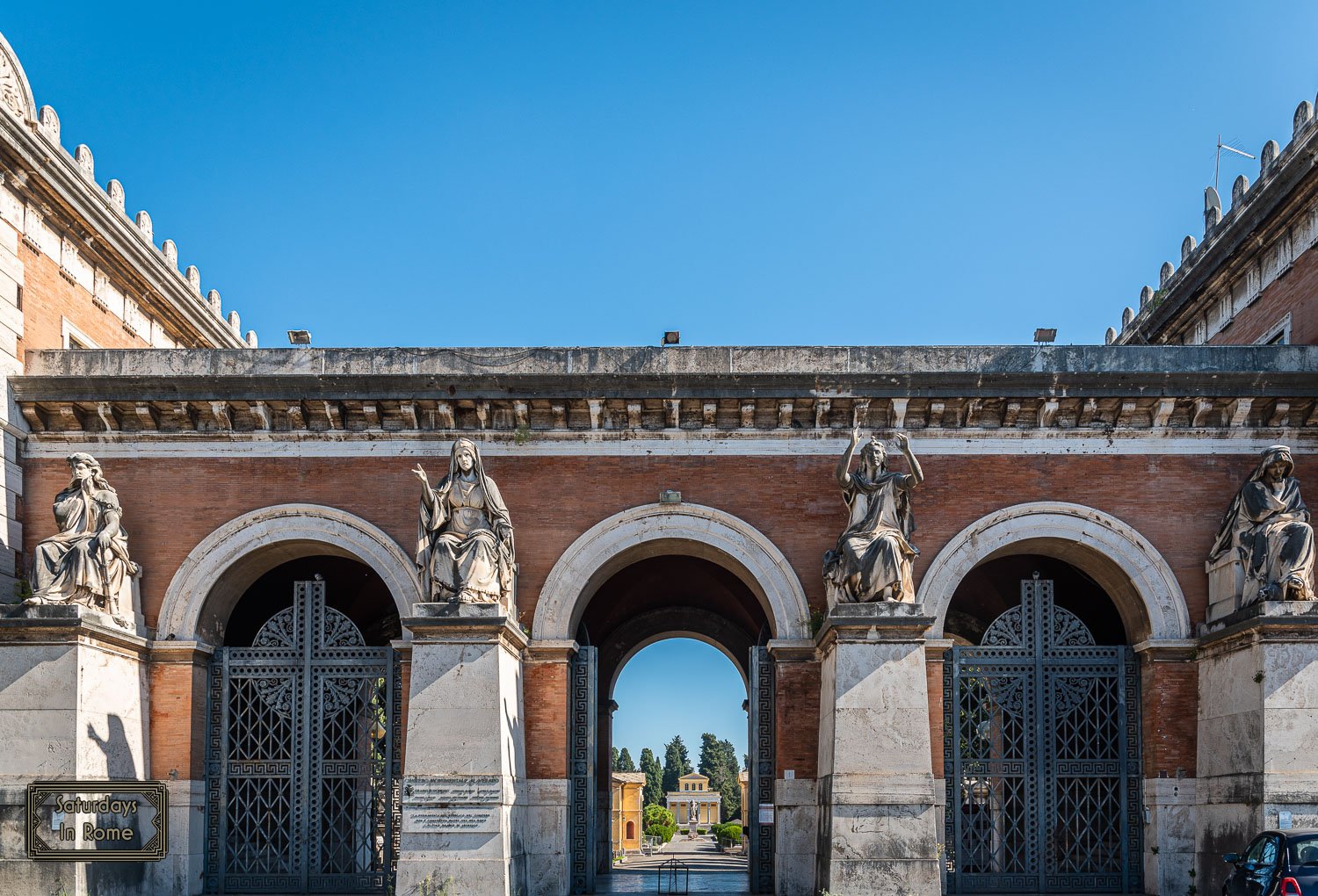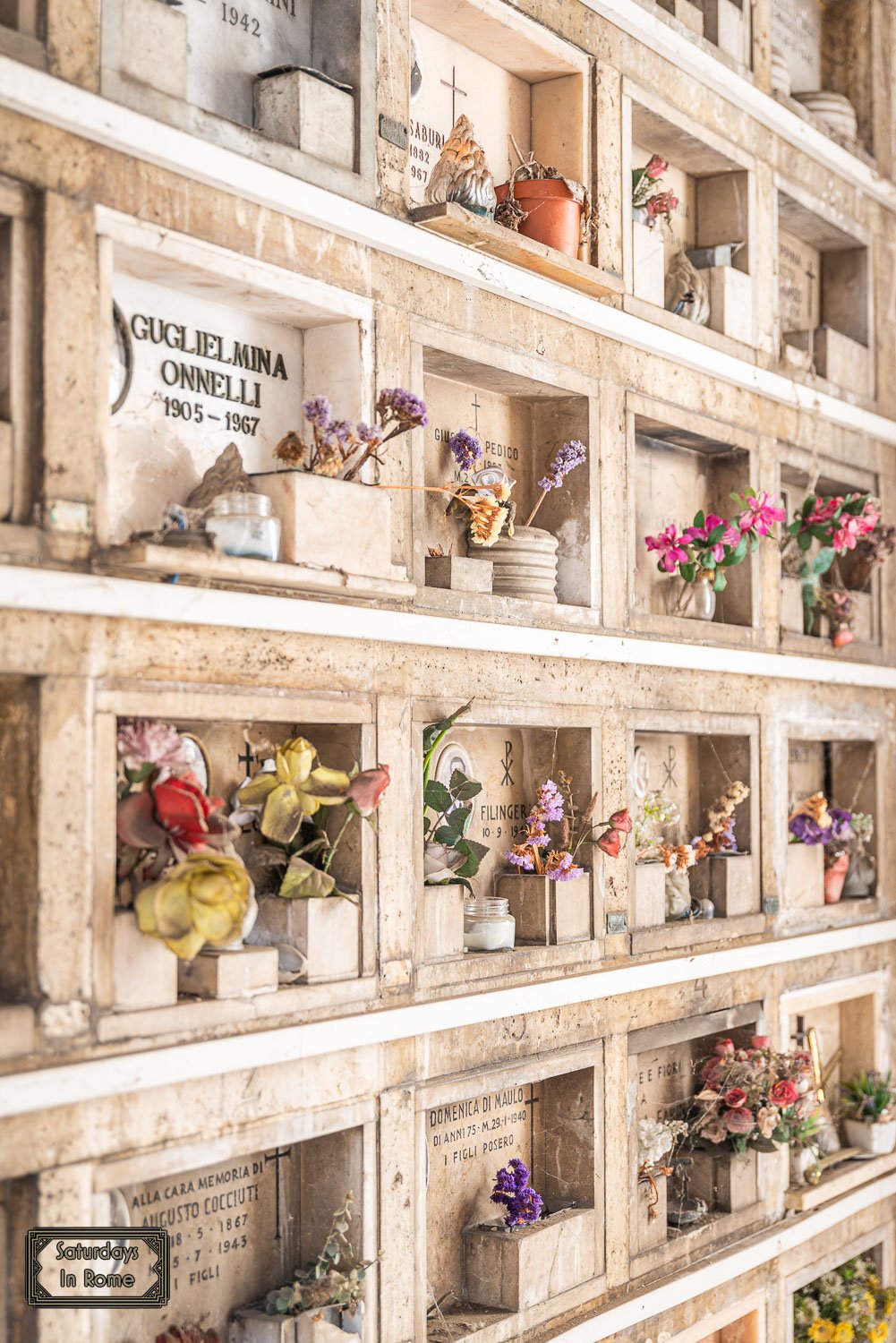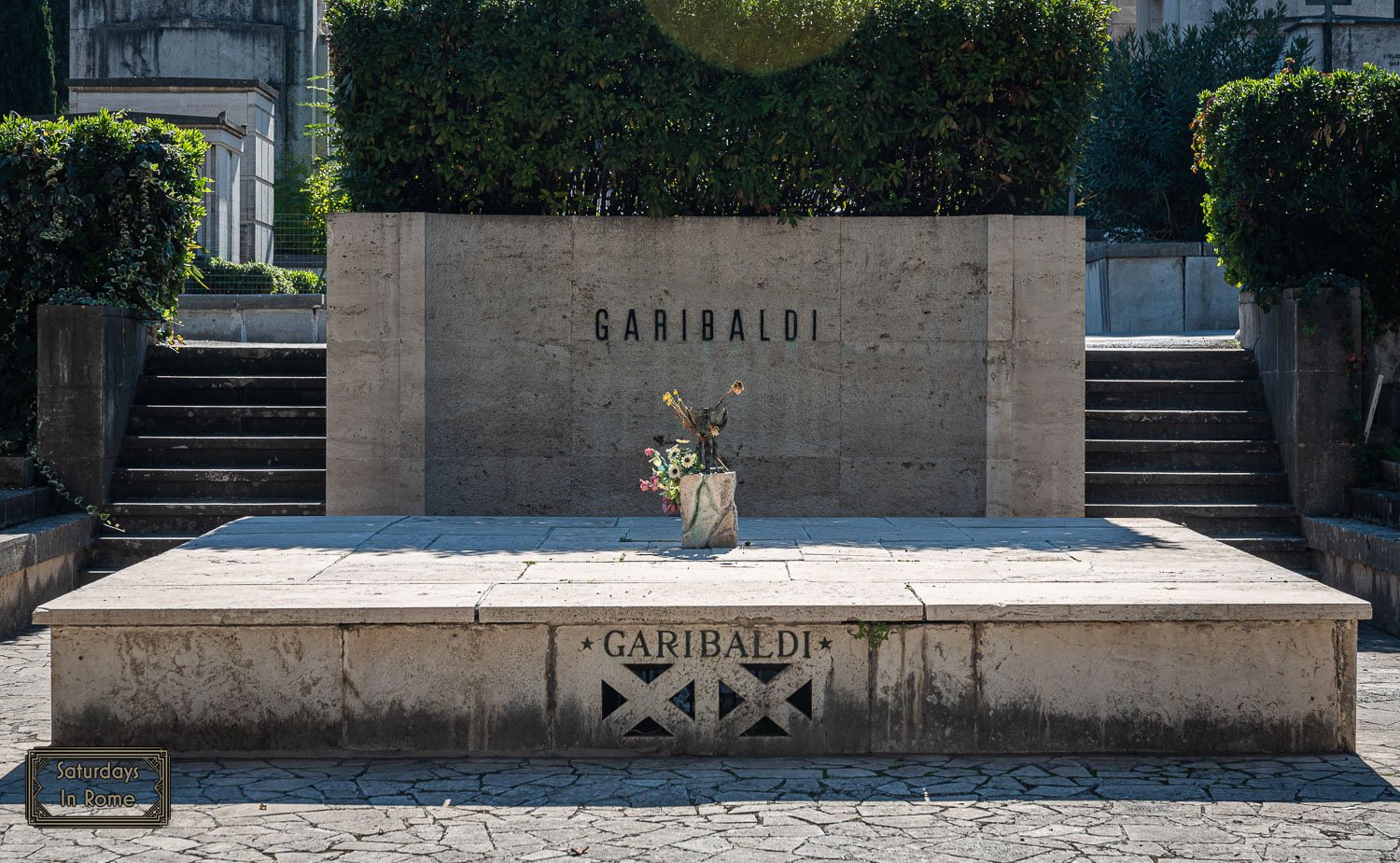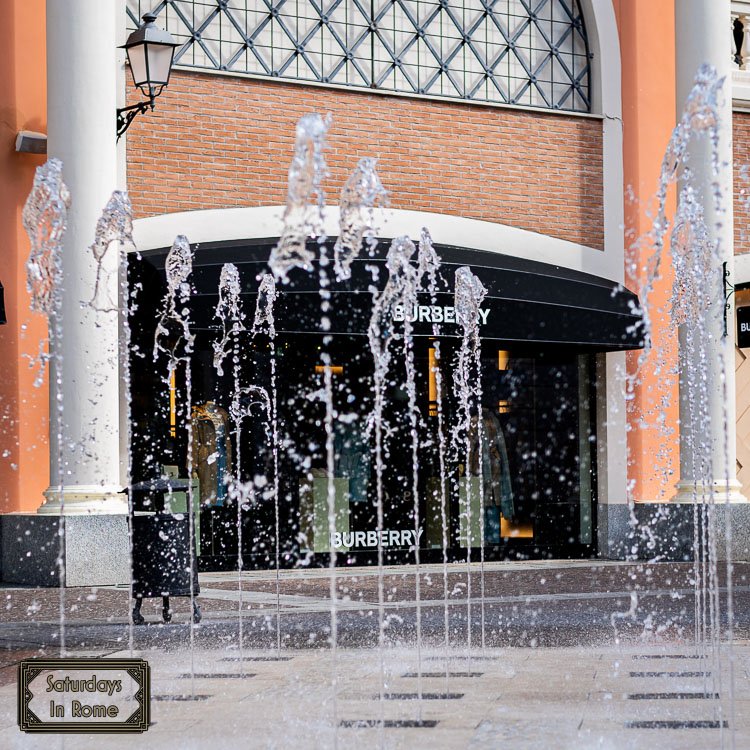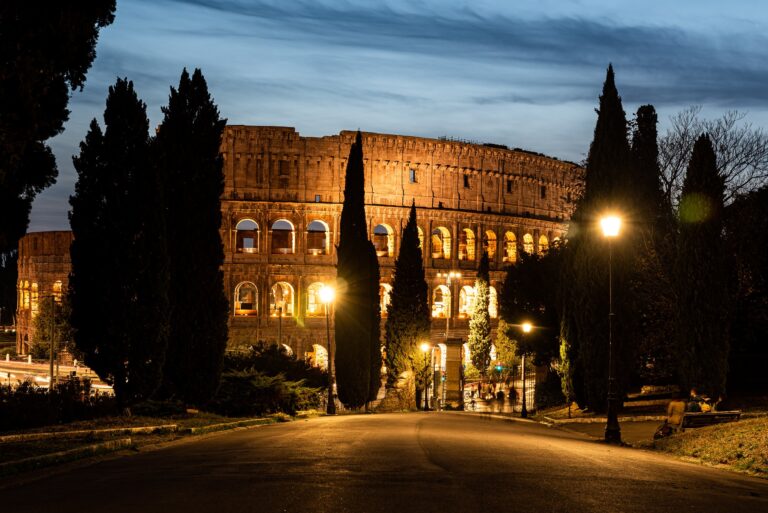The Monumental Cemetery of Verano in Rome Is A Hidden Gem
The Monumental Cemetery of Verano in Rome has a long history as a final resting place for those who have died in the city and is a fascinating place to visit.
Rome’s Historical Cemetery
I’m not a particularly ghoulish or dark person, but the reality of living in Italy includes knowing what can happen when you or a loved one dies in Rome. The long history of Rome results in considerations that would come up in a small US city, but are important nonetheless.
Understanding The Monumental Cemetery Of Verano
Verano Monumental Cemetery, also known as Quadriportico Verano Cemetery and Campo Verano (Cimitero del Verano), has been a burial site for at least 2000 years. The name Verano refers to the fact that the land once belonged to a family from the Roman Senate, the Verani, at the time of the Roman Republic.
Built along Via Tiburtina and close to Sapienza University of Rome (Sapienza Università di Roma) were built in accordance with the Edict of Saint Cloud of 1804, which stipulated that burial sites were located outside of the city walls.
The cemetery was consecrated in 1835, and further construction work was performed even after Rome became the Capital of Italy, by adding large plots of land, such as Villa Mancini, where today the Pincetto area stands.
Meditation, Hope, Charity and Silence Statues
The main entrance has three openings and four large statues which symbolize: Meditation, Hope, Charity and Silence, which leads to a large “Quadriportico” designed by Vespignani and completed in 1880. The current appearance is follows the bombing of San Lorenzo neighborhood during World War II, in which three areas of the Cemetery were damaged: the main entrance, which includes the Quadriportico and the Pincetto area, the administrative offices and the area in front of the Military Memorial.
Verano Monumental Cemetery, with its rich cultural heritage, can be defined as an open-air museum without equal in terms of quantity and features: an incalculable historical, artistic and cultural treasure. The cemetery is currently divided into sections:
- The Jewish Cemetery
- The Catholic Cemetery
- The Monument To The Victims Of World War I
The Verano Monumental Cemetery is closed to new entries. Burial in the Historical Verano Cemetery is currently reserved for:
- Individuals who already own a tomb or burial recess;
- The deceased whose life and work brought honor to the City of Rome or worldwide
- For individuals who have died in circumstances that deeply moved the general public or who distinguished themselves, at the moment of their death, for outstanding civic virtue and merits.
Rows Of Roman Tombs
Famous People Buried In Verano Cemetery
Given the age and historical significance of this cemetery, it is no surprise that there is a long list of famous people buried there. The dignitaries include politicians, military leaders, actors, writers and directors. When I visited, I searched for some of my favorites, including:
- Marcello Mastroianni, OMRI (1924–1996), film actor
- Alberto Sordi, OMRI (1920–2003), film actor and director
- Vittorio De Sica, (1901–1974), film actor, director and screenwriter
- Monica Vitti, (1931-2022), film actor
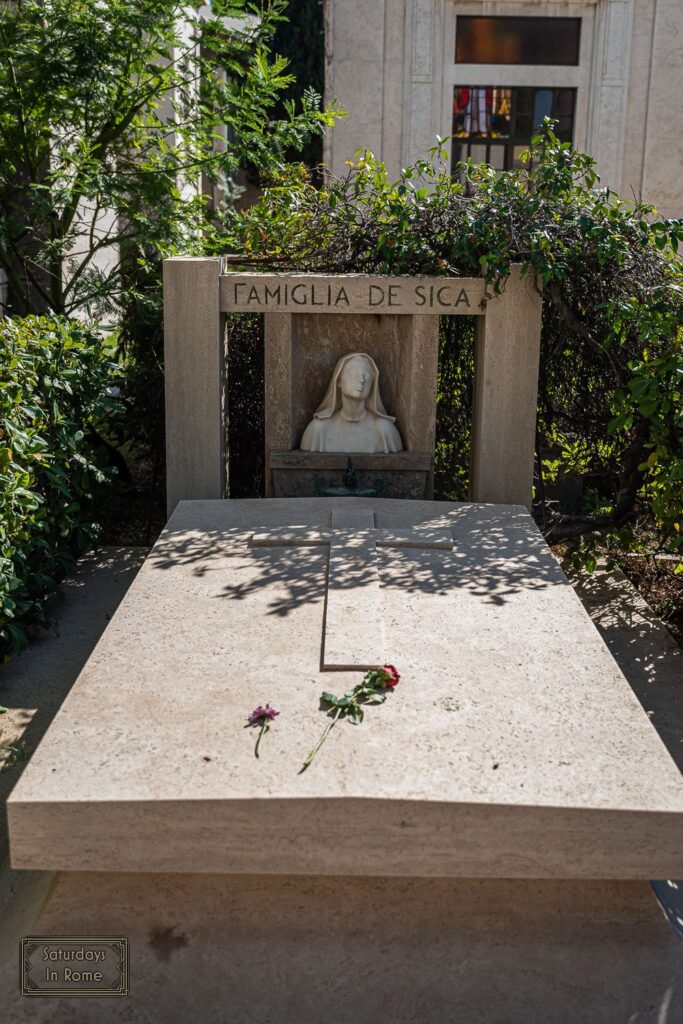
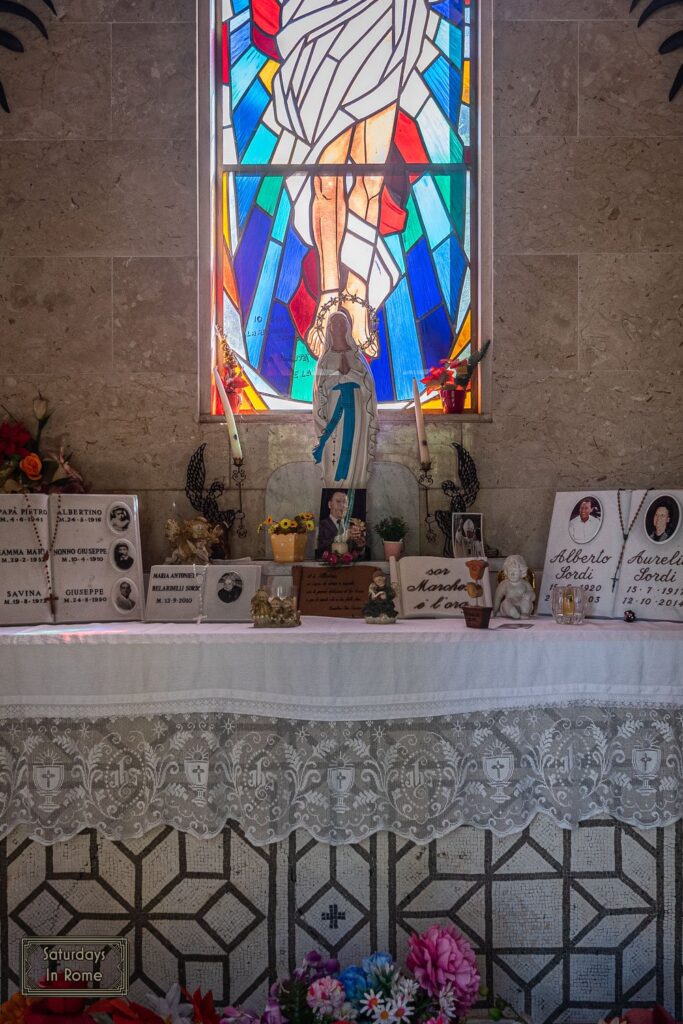
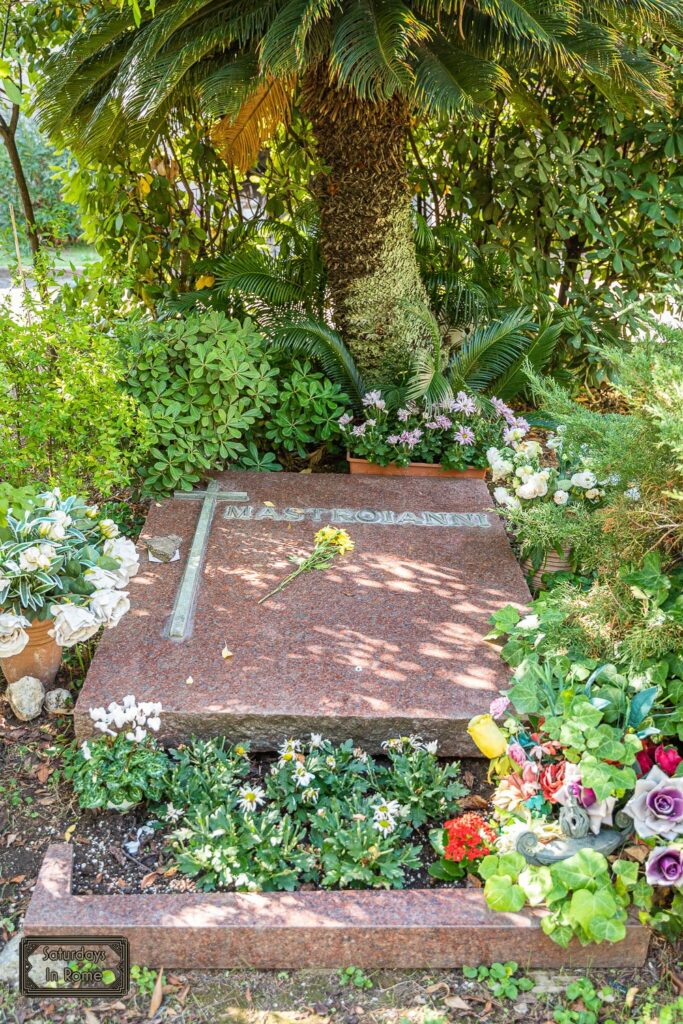
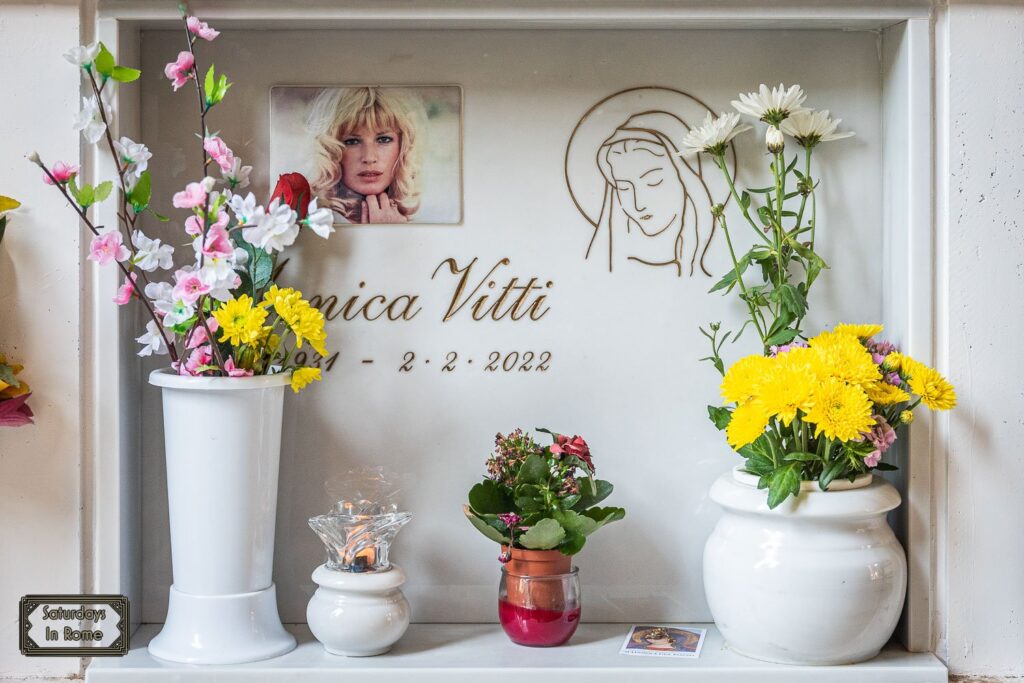
Using Other Cemeteries In Rome
Because the Verano Monumental Cemetery is old, historic, popular and full, other arrangements in Rome would need to be made in the case of death. The cemeteries in Rome are municipal public property, meaning that the City Management is the authority that makes decisions regarding the management of both the cemetery sites and the services provided. The available cemeteries of Rome accept:
- Individuals died in the City of Rome.
- Individuals residing in Rome when alive.
- Individuals entitled to be buried in tombs or private burial recess in the cemeteries of Rome.
- Individuals who neither resided nor died in the City of Rome, but for the purpose of reuniting spouses or parents and children in the same cemetery.
- Individuals who died in another municipality, whose change of residence was to live in a nursing home.
- Individuals died abroad but entered in the Register of Italians Residing Abroad (A.I.R.E.) the City of Rome as their home.
- Individuals who did not reside or die in the City of Rome, but whose family (spouse or, in the absence of a spouse, children or parents) do officially reside in Rome.
- A partner who had been living with the deceased person for the last five years, he/she can get the authorization for burial.
- Each body must be buried in the ground or entombed separately. Only mother and new-born who both died at the time of birth may be buried together in the same grave.
- The assigned cemetery depends on the residence zone of the deceased individual or the applicant.
Garibaldi’s Tomb
Burial And Exhumation In Rome Cemeteries
There are three different options for laying the deceased to rest in Rome cemeteries:
- Burial – These are carried out by placing the coffin directly in the ground in fields set aside for the purpose for a period of 10 years, at the end of which an ordinary or “automatic” exhumation is performed so that the field can be used for new burials.
- Entombment – This involves niches for bones and ashes for the entombment of bone cases containing the bone remains resulting from operations of ordinary removal from tombs and ordinary exhumation and urns for ashes containing the ashes resulting from the operation of cremation. A concession agreement may be issued only following the death of an individual who is entitled to be entombed in the cemeteries of Rome. They have a duration of thirty years and may be renewed.
- Cremation – This transforms the body into ashes. Following cremation, the ashes are placed inside an urn, which is sealed. The spouse or relatives of the deceased are then entitled to decide on what is to be done with the ashes: entombment, burial in the ground, consignment, dispersal.
After 20 years from when a body is laid to rest in a burial niche inside a cemetery facility, an assessment of the condition of the casket can be carried out, under medical control, and, if it is found that the human remains are mineralized, meaning that nothing is left but bone, they may be collected in a bone case and entombed in the same, or another, cemetery facility.
The Rome Protestant Cemetery
The Non-Catholic Cemetery (Cimitero Acattolico) of Rome, often referred to as the Protestant Cemetery (Cimitero dei protestanti) or English Cemetery (Cimitero degli Inglesi), is a private cemetery in the rione of Testaccio in Rome, near Porta San Paolo and the Pyramid of Cestius. It has Mediterranean cypress, pomegranate and other trees, and a grassy meadow. It is the final resting place of non-Catholics including but not exclusive to Protestants or British people. The earliest known burial is that of a Protestant medical doctor hailing from Edinburgh, in 1716. The English poets John Keats and Percy Bysshe Shelley, as well as Italian Marxist Antonio Gramsci are buried there.
Visiting Verano Monumental Cemetery In Rome
Useful Information:
- Address: Piazzale del Verano, 1 – 00185 ROMA
- Call Center Tel: 06 49236331
- Call Center Hours: From Monday to Thursday 8.30 am – 3 pmOn Friday: 8.30 am-1.30 pm
- Hours of Operation: Oct 1st to Mar 31st: 7:30 am – 6:00 pm Apr 1st to Sept 30th 7:30 am – 7:00 pm
Entrance is allowed up to one hour before closing time.
More Information On Managing A Life In Rome
If you enjoyed, or more likely, found this information about the Monumental Cemetery of Verano interesting and useful, here are some other posts that you might want to check out:
- Why Is The Life Expectancy In Italy Higher Than In The US?
- My Experience With Italian Healthcare Has Been Eye-Opening.
- Using Pharmacies In Italy Is Simple With This Guide.
- Finding A Dentist In Rome, Italy Shouldn’t Be Stressful.
- A Day Trip To Anzio From Rome Is Full Of American History.
- How Are The Dead Treated At The Bone Church in Rome, Italy.
- Your Guide To Rome’s Jewish Quarter.
- The Seven Pilgrim Churches Of Rome Are A Way To Connect.
- The Municipal Rose Garden In Rome – A Hidden Gem.
- Michelangelo’s Moses Surprisingly Has Horns On His Head.
- Is The Ara Pacis Augustae Museum In Rome Worth Visiting?

